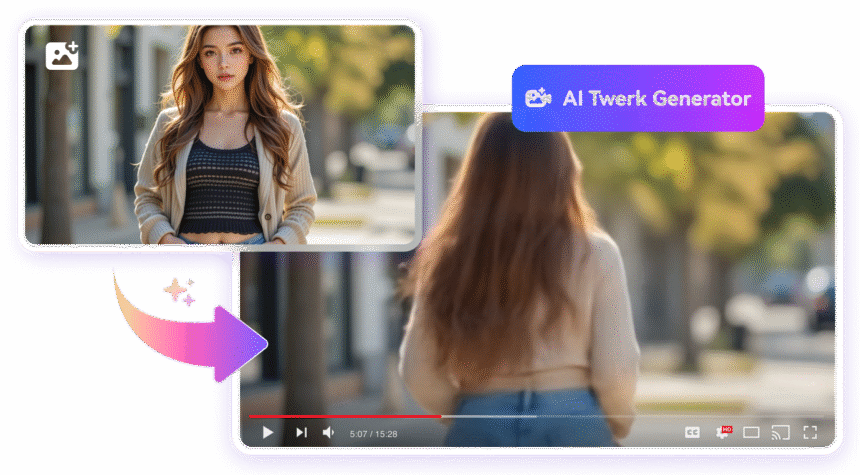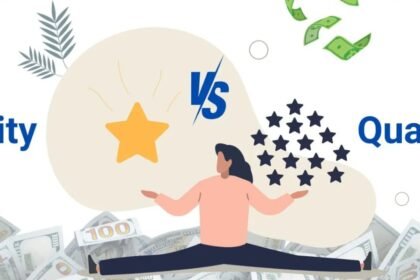An “AI twerk video” is a short clip where artificial intelligence alters or creates dance motion that looks like twerking. In practice, creators use AI tools to transfer movement, animate a character, or edit existing footage. The result can be playful, creative, or attention grabbing. At the same time, it raises serious questions about taste and ethics.
How the technology works is simple to state. AI models learn from many videos and examples. They can map body poses and then apply those poses to another person or digital character. Some systems use pose detection, face swap video and motion transfer. Others use generative models to synthesize new frames. The technical side is clever. The challenge is how people use the tools.
There are safe and creative uses of AI twerk videos. Dancers can try new moves in a virtual space. Choreographers can test sequences without a full crew. Marketers can make short, lively clips for a brand—when the content fits the brand and the audience. Animators can give cartoon characters human-like rhythm. These are valid, artistic uses that do not rely on real people being exploited.
But there are important limits. Twerking is a dance that can appear sexual. That means creators must avoid making content that sexualizes people without clear consent. It is never acceptable to alter a photo or video of a private person into a sexualized scene. It is also wrong to create sexual content of anyone under 18. Platforms and laws may remove or punish such content. Good practice is to use consenting adults, to get written permission, or to work with original performers.
A related example is the AI kissing generator free trend. These tools let users create short kissing scenes using AI. Some versions are free for casual use. Like AI twerk tools, they are fun for fiction or parody when everyone involved agrees. But they become harmful when used to create intimate scenes of real people without their permission. Use these tools carefully and respect privacy and consent.
Creators should follow a few simple rules. First, ask for consent when using real people. Second, add clear labels such as “synthetic” or “AI-generated” so viewers know what they see. Third, avoid realistic edits of public figures in sexualized contexts—many platforms ban that. Fourth, consider watermarks or metadata to mark a file as generated. These steps protect creators and protect the people depicted.
Technical tips for a clean result are straightforward. Start with good source clips or clean motion capture. Use higher frame rates for smoother motion. Test small edits first. Keep effects subtle if realism is not the aim. If you wish to make a humorous or stylized piece, lean into cartoonish or abstract looks. That reduces the chance of misleading viewers.
Legal and platform rules vary by region and service. Read the terms of the site where you plan to post. If you plan to monetize content, check copyrights and model rights carefully. When in doubt, consult a professional or simply choose fully original characters and performances.
In short, AI twerk videos sit at the crossroads of creativity and responsibility. The tools are powerful and easy to access. That makes it more important to be mindful. Use the technology to explore dance, to educate, or to entertain—never to harm, mislead, or exploit. When creators pair clever tech with clear consent and good taste, the results can be fresh, playful, and respectful.








